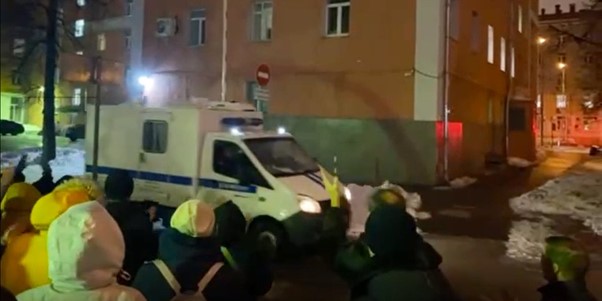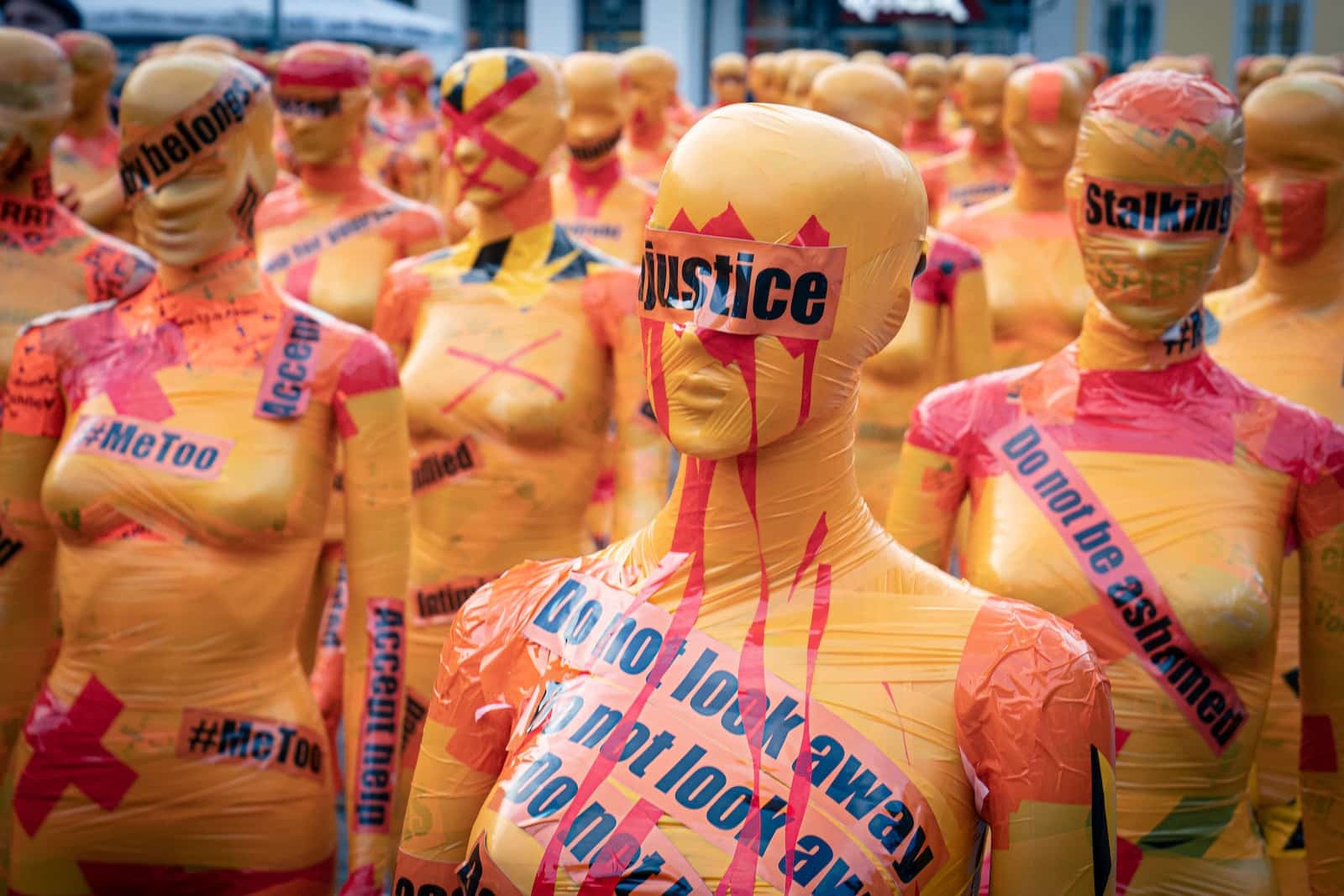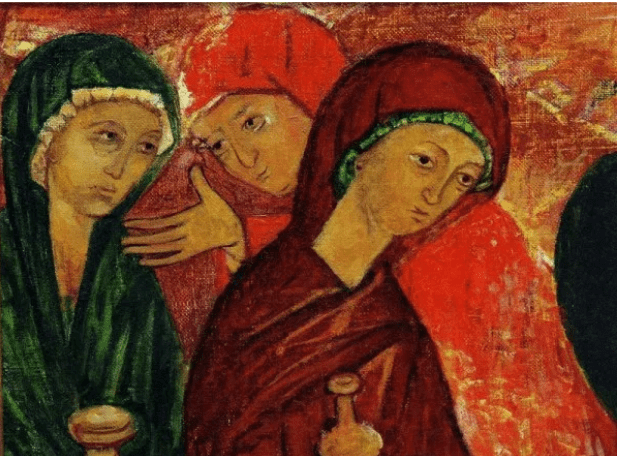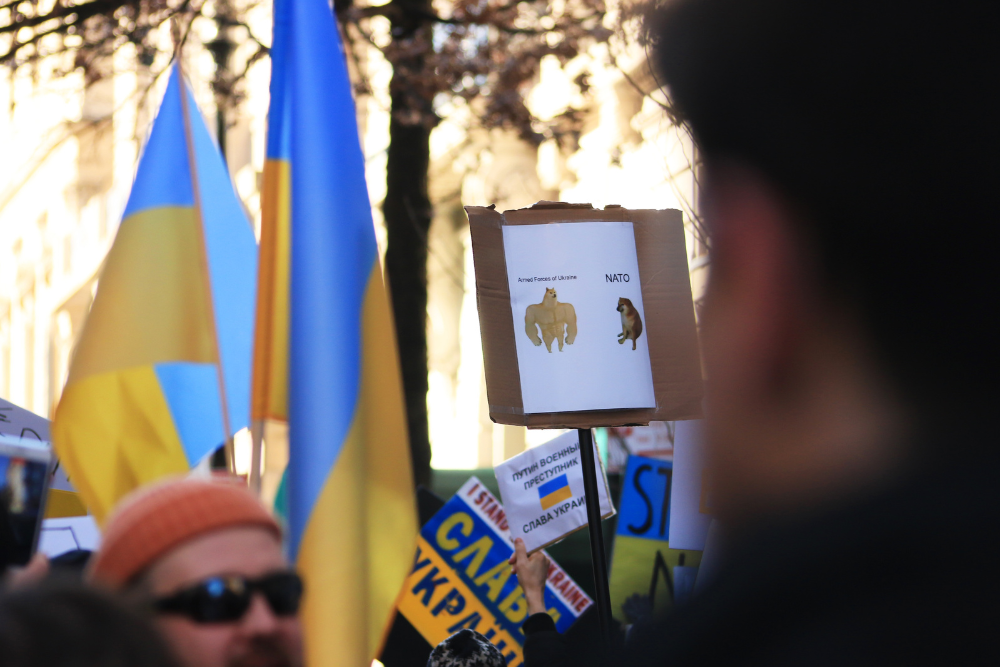Church of Scientology’s Foundation for the Improvement of Life, Culture and Society in Spain held the 10th annual Religious Freedom Awards ceremony
MADRID, SPAIN, January 5, 2024 /EINPresswire.com/ — On December 15th, 2023, the Church of Scientology’s Foundation for the Improvement of Life, Culture and Society (Fundación MEJORA) held the 10th annual Religious Freedom Awards ceremony. The event brought together authorities, academics, diplomats Czech Republic and Bosnia-Herzegovina, and civil society representatives to honour three experts for their “outstanding contribution to the study, analysis and understanding of the legal and social aspects of religious freedom,” said Mercedes Murillo, Deputy Director General for Religious Freedom at the Spanish Government Ministry of the Presidency, in a message delivered at the event.
The awards ceremony also announced an upcoming book that will compile articles from among the 30 past Religious Freedom Awards awardees over the last decade. The publication seeks to share diverse perspectives on this fundamental human right aiming to “increase awareness” and spark discussion explained event organizer Iván Arjona, who represents Scientology to European Union institutions, OSCE and United Nations institutions.
Several speakers underscored the importance of interfaith dialogue and freedom of conscience. “Interreligious dialogue is becoming increasingly important and necessary and… religion in some way forms an important part of society,” said Isabel Ayuso Puente, Secretary General of Fundación MEJORA, referencing a moral code written by Scientology founder L. Ron Hubbard that focuses on common-sense values.
Inés Mazarrasa, director of Spain’s public Foundation for Pluralism and Coexistence, announced the public funding for the compilation book. “The defence of religious freedom” and “recognition of religious diversity are central to our institution’s mission”, she said, as “actively defending rights” is key to “preserve them” amid concerning “regression.”
Awardees of the 10th Edition of the Religious Freedom Awards
The 2023 awards went to three long-time freedom of religion researchers representing major Spanish universities.
Prof. Igor Minteguía from the University of the Basque Country received recognition for his decades-long work on conscience protections for minorities. He spoke on “the defence of freedom and of those who are different, even if they do not share or even reject [one’s] vision of reality.”
Prof. Francisca Pérez Madrid from the University of Barcelona highlighted ongoing religious persecution in several countries that she worries elicit a “lukewarm” international response. Pérez Madrid warned of governments limiting religion and expression to force official ideologies, also criticizing trends like “cancel culture” that “silence dissenting voices.” However, she found hope in growing interfaith cooperation.
Prof. Mónica Cornejo Valle, a Professor of Anthropology of Religion at Complutense University of Madrid, explained how studying Spain’s popular religiosity revealed mistreatment of “religious beliefs and practices.” This inspired her to promote “respect for diversity” and “de-dramatise differences” through her field. Cornejo critiqued the media’s use of derogatory and discriminatory terms as disrespectful to religious freedom.
All three awardees seem to agree that embracing worldview differences, through understanding and thoughtful dialogue, is essential for peaceful pluralism. Or as Arjona summarized, “no one has the right to trample on, to undermine or to belittle what you are, because you are a spiritual being… and I invite you in your daily life… to keep in mind that great need of the human being to be free and happy with what he is.”
Scientology’s Global Human Rights Efforts
With an increasing global interest thanks to Scientology TV, Scientology entities, including Fundación MEJORA and the European Office of Public Affairs and Human Rights have actively engaged United Nations human rights mechanisms for years through events, research, and advocacy collaborations.
Arjona highlighted Scientology’s consultative status at the UN’s Economic and Social Council through its Foundation MEJORA. This position allows him to officially participate in UN debates, conferences, and information-sharing to offer grassroots expertise to policymakers and diplomates as well as other human rights activists.
Scientology-linked groups have contributed perspectives on human rights issues like human trafficking, rights of the child, freedom of religion, as well as human rights in the field of mental health and more. Just this March, for instance, Mejora co-sponsored a UN event celebrating the 75th Anniversary of the Universal Declaration on Human Rights with over 30 speakers.
Through its social betterment groups, Scientology conducts many humanitarian initiatives from anti-drug campaigns to disaster relief to human rights education. The Church also runs the largest non-governmental anti-drug education campaign with some 200 million booklets distributed in over 190 countries since the 1980s.
Scientology: curiosity and language
Scientology continues to generate an always-growing curiosity over the decades, including an increasing number of collaboration requests for community outreach efforts. Part of the interest and curiosity may stem from Scientology’s effectiveness despite barriers to solving social situations emerging in 1950s America that blended spirituality, self-improvement practices, and visions for a more ethical society. It has been since the start of the leadership of Mr. David Miscavige and his global standardisation of humanitarian programs, that L. Ron Hubbard’s goals are being achieved at a new level of orders of magnitude.
Academics urge examining the actual nature and context in which Scientology evolves contributing to and respecting the diversity of belief.
As Cornejo and Pérez highlighted, language matters when it comes to inclusion. And inclusive participation and freedom of conscience and belief at its core, opens the door to greater mutual understanding between all people and thus a more effective team to help make of this one a better world.
20240101ABC














